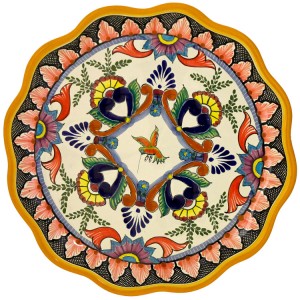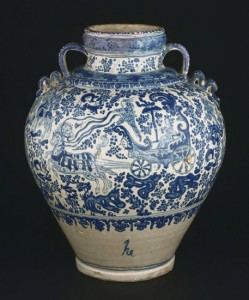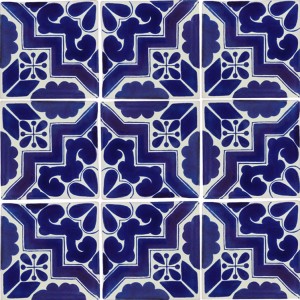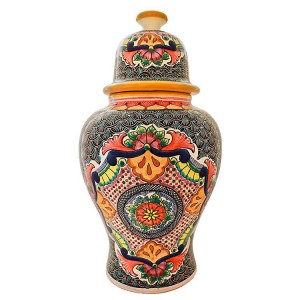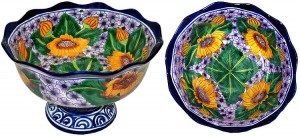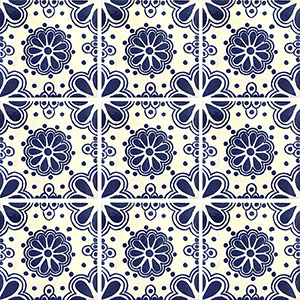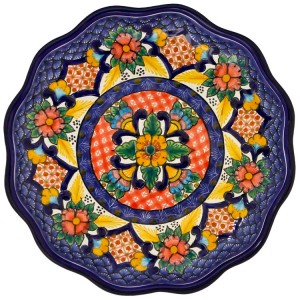Summer is that wonderful time of year when we spend a lot of time outdoors. The day light hours are long and the evenings are warm. Flowers and trees are in full bloom and special treats such as corn on the cob and watermelon are enjoyed with lip smacking appreciation. We often feel inspired during the summer months, as in no other season, which makes it the perfect time to allow our creative energies to flow into our home decorating projects.
One such project would be to incorporate southwest decorating touches into our surroundings. Since so much time is spent outside, its only natural to create a special area to relax and enjoy all that the season has to offer. A deck, porch or patio is the perfect location to create a southwestern environment. This outdoor living area will become a favorite gathering place for family and friends and can easily be decorated in a southwest theme.
When thinking of a way to introduce southwest touches, you may wish to begin with sunflowers. Start with a wreath for your deck, porch or patio that is adorned with lovely sunflowers to welcome family and friends. 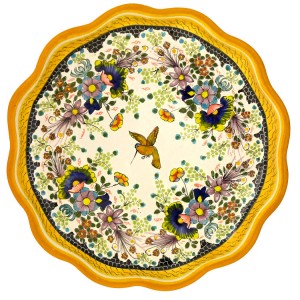 Ristras of dried chili peppers may be used to decorate walls and brightly painted ceramic birds could be hung from the ceiling. Consider using furniture for your outdoor space made of wrought iron and adorned with brightly colored cushions. To incorporate your southwestern theme, colors such as red, gold, orange, yellow, green, or blue are excellent choices for the plump cushions. Add plants in colorful pots to unify the area and a large rug placed in front of the seating area to define the space. A free standing fire ring could be used to cook marshmallows and hot dogs for family fun as well as to create summer memories full of pleasure. Be careful, however, to never leave the fire unattended and to keep the flame small. For a finishing touch, hang a string or two of chili pepper lights around the area for a real southwest atmosphere.
Ristras of dried chili peppers may be used to decorate walls and brightly painted ceramic birds could be hung from the ceiling. Consider using furniture for your outdoor space made of wrought iron and adorned with brightly colored cushions. To incorporate your southwestern theme, colors such as red, gold, orange, yellow, green, or blue are excellent choices for the plump cushions. Add plants in colorful pots to unify the area and a large rug placed in front of the seating area to define the space. A free standing fire ring could be used to cook marshmallows and hot dogs for family fun as well as to create summer memories full of pleasure. Be careful, however, to never leave the fire unattended and to keep the flame small. For a finishing touch, hang a string or two of chili pepper lights around the area for a real southwest atmosphere.
As you enter inside your home, go throughout the rooms and look for any areas that seems a little drab and try placing a Native American woven basket filled with magnificent silk sunflowers in that space. You’ll be amazed at what a little color can do. Sunflowers make any room have a sunny and happy feeling and since the flowers are silk, they can be enjoyed even after the summer season goes into fall.
Another southwest idea is to purchase Mexican pottery, such as Talavera to use in designated spaces. Each unique piece is hand made and painted and produced in all kinds of accent pieces for your home. Many of these items are adorned with beautiful hand painted sunflowers. This type of pottery is a sure way of beautifying your space with a southwestern flair. Stunning colors are introduced such as deep blue and rich gold.
Native American baskets are great for holding flowers but are also a big help in organizing our homes. Everything from mail to kitchen utensils and bathroom towels can be placed in one of these charming Indian baskets. Once you start using baskets in your home, you’ll wonder how you ever got along without them. You’ll find a use for baskets in every room and be delighted at how organized you become.
If you like crafts, perhaps you would be interested in painting that wonderful flea market treasure you just couldn’t live without and incorporating it in your southwest decor. Tables, chairs, book cases, just about any piece of wooden furniture can be turned into a southwestern masterpiece. Simply choose a bright color that complements the room and before long, you’ll have a work of art. After the paint is dry, you could stencil on sunflowers or chili peppers for a unique one of a kind design.
Add southwestern sizzle to your rooms by using small table top clay chimineas to hold candles. This gives an authentic “south of the border” feeling as does wrought iron wall sconces. The atmosphere will look calming and peaceful. Large pillows covered with rich woven wool pillow covers placed around the room for comfortable floor lounging is a nice addition. Have a CD of authentic Native American flute music playing in the background and don’t forget to light the sage incense.
Summer is a great time for surrounding ourselves with beauty and things that put a smile on our faces. These lasting memories carry us through the next three seasons until once again, we can feel the delight of a southwest summer.
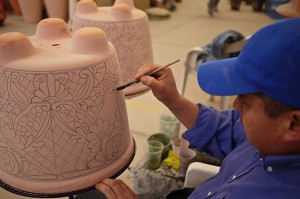 In the 2000s, seventeen workshops were producing Talavera in the old tradition. Eight were in the process of becoming certified. These workshops employed about 250 workers and exported their wares to the United States, Canada, South America and Europe.
In the 2000s, seventeen workshops were producing Talavera in the old tradition. Eight were in the process of becoming certified. These workshops employed about 250 workers and exported their wares to the United States, Canada, South America and Europe.
